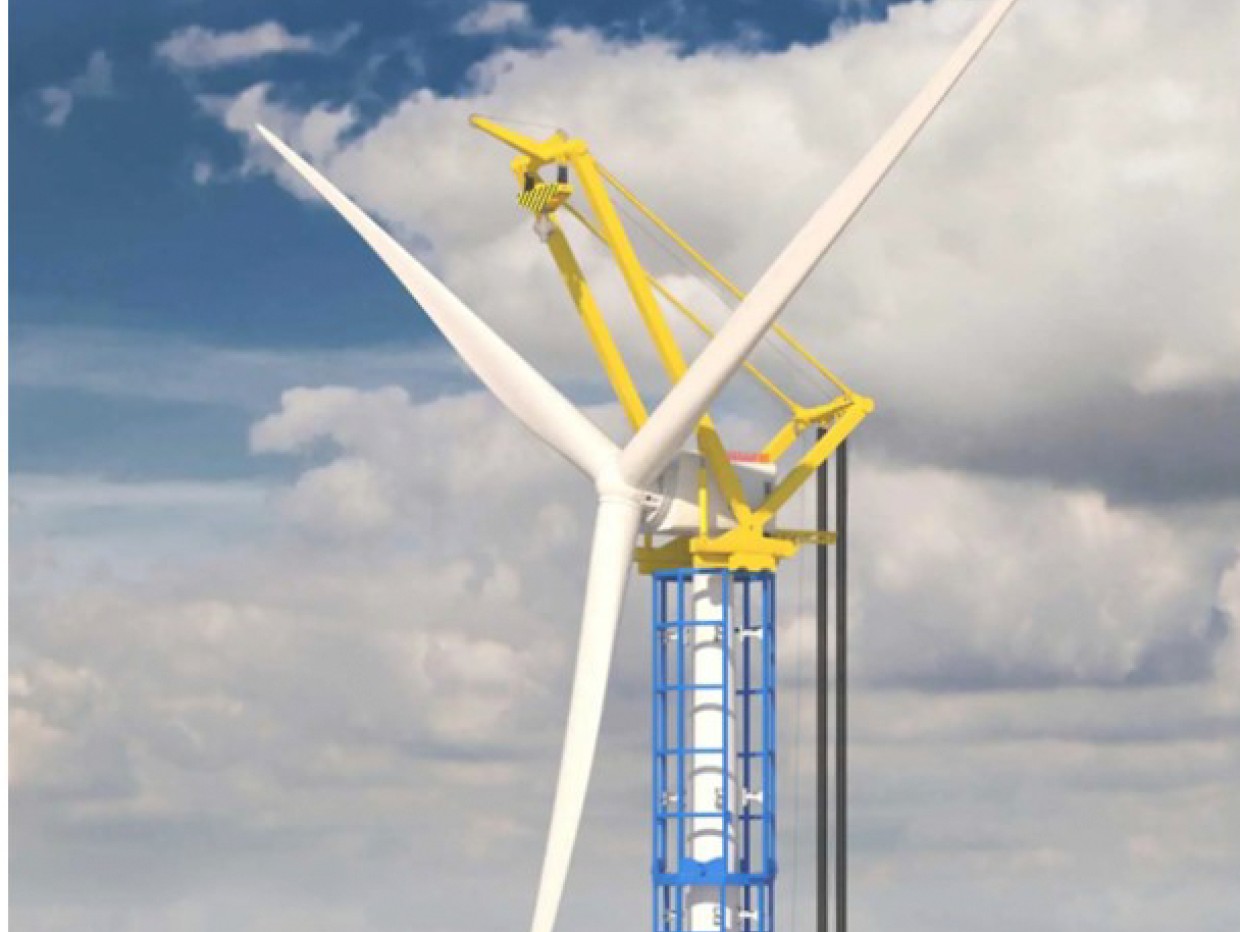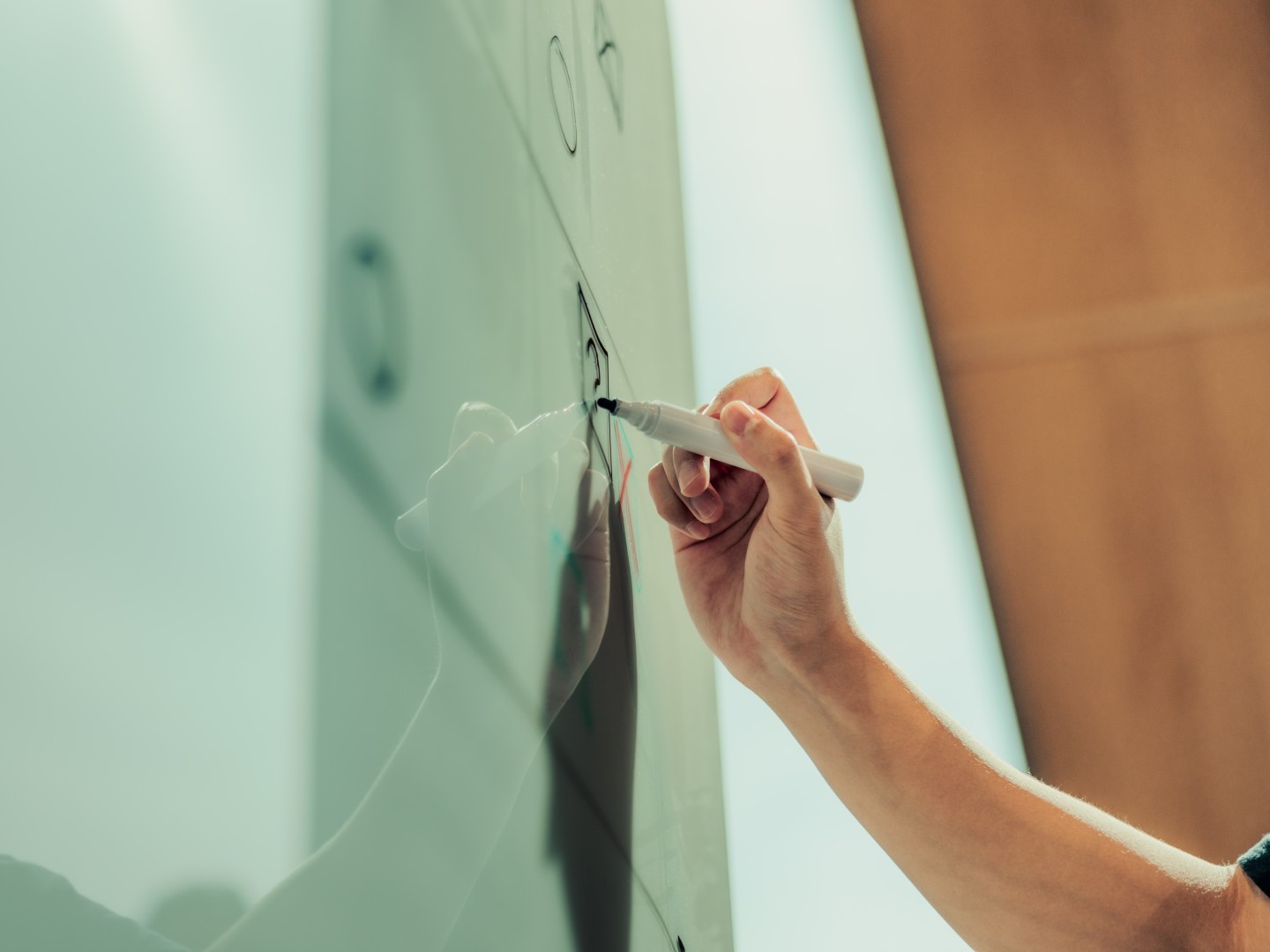He grew up in Sirdal in Agder in the 1950s. He traveled abroad and took an education, both technical school, mechanical engineering and NTH building in 1971. He returned to his home place and worked for 35 years in the Sira-Kvina power company developing and operating hydroelectric plants. In addition, he has been active in the development of new products and patents. He helped start and has been a part owner in several companies which have since been sold. Now he is 80 and still active with the development of products and patents.
The first patents he worked on date back to the 1970s. He helped create drawings and a description of a snowblower which was eventually patented. At that time, patents were perceived more solemnly, and he remembers being sent a colored sheet with a stamp and bow from the Patent Board when it was approved. Gradually, it has become approx. 40-50 patents. Teknisk Ukeblad named Haughom "Norway's patent king" in an article they wrote about him.
– My driving force is mainly that I am probably above normal interested in solving challenges and realizing products that no one else has managed to do.
Per Olav Haughom
Patents important protection against copying
The rationale for applying for patents is protection against copying. - When I, as a person, have to talk to large companies, it is fine to say that I have submitted a patent application, he says. - Then we will have open and good conversations.
The patent portfolio ranges from patents on hammocks to advanced robotic equipment for the oil industry. Haughom has several important patents, and he particularly mentions the patent on an AST tool for the oil industry, which was realized through the company TOMAX AS. In addition, he highlights patents on pipe handling and mud pumps for oil drilling, directional drilling equipment for hydropower, NORHARD, patents on wind turbines, WINDSPIDER AS and electric excavators - ELCAVATOR AS.
Haughom has learned to write patent applications himself, without going to a patent office. - It means that I can obtain protection early without it costing much, he says. - I am happy to write the first version of the application myself and hand it in. Based on feedback and opposition, I consider further races.
He has several international patents, the latest being US 11993921-2349101. - I get the inspiration for new patents from a good industry network with whom I exchange views on challenges and opportunities. It is inspiring and useful for both parties.
80 years old and still active
- As an 80-year-old, I have to be careful not to have excessively long-term plans, says Haughom. - Now I mainly concentrate on electric robotic solutions (excavators) for the construction industry and new solutions for Norwegian Wind Turbine.


Check what already exists
Haughom's advice to others who want to develop new products is not to spend too much money before you have investigated what might be found of possible competitors. - Be critical when someone who should be interested says that what you have is useless, he says. - My most profitable invention was totally rejected the first time we presented it to a potential stakeholder.
Private individuals who have a good idea they want to protect before presenting it often stop because the costs of patent offices are often too high. If they present the idea before they have applied for protection, they risk losing the possibility of a patent. - Perhaps government support schemes from, for example, Innovation Norway should focus more on supporting early-phase patenting, he says. - My experience is that they often require the product to be patented before they provide support, says Haughom.



